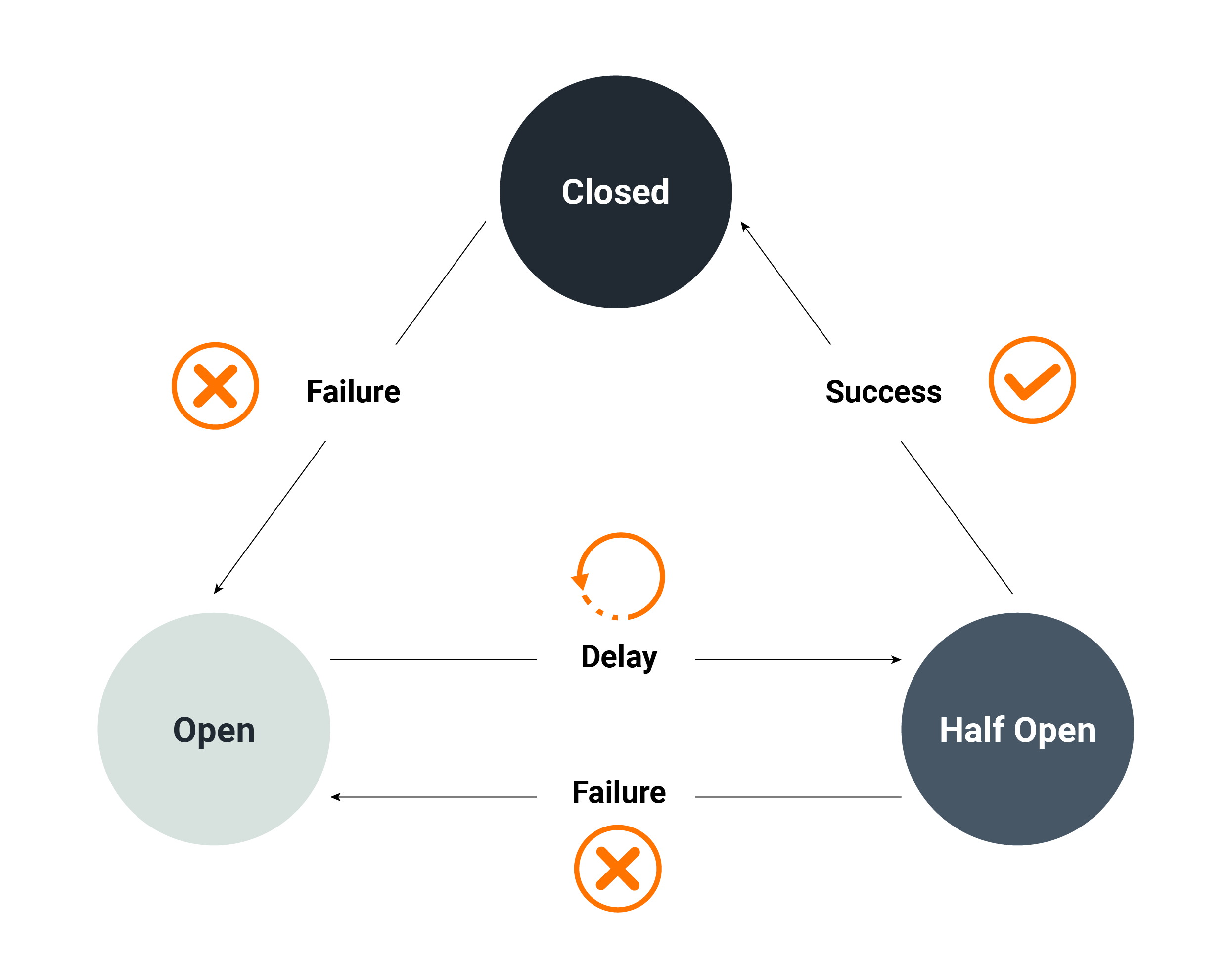APIs play a critical role in enabling communication and data exchange between different software systems. However, relying on external APIs may introduce vulnerabilities, such as service outages or unexpected changes in functionality. To mitigate these risks and ensure the smooth functioning of your applications, building fault-tolerant custom APIs is essential. In this article, we will explore the key principles and strategies for creating resilient and reliable custom APIs.
To build a fault-tolerant custom API, it is crucial to design with resilience in mind from the outset. This involves considering potential points of failure and implementing strategies to handle them. Here are some design principles to follow:
- Design for resilience
- Implement Error Handling
- Use Caching & Rate Limiting
- Plan for Failure & Disaster Recovery
New to API’s? Here’s a started guide. Suggested Read: What are APIs and how do APIs work?
#1 – Design for Resilience
Introduce redundancy at critical components of your API architecture, such as servers, databases, and network infrastructure. By duplicating these elements, you can ensure that if one component fails, another can seamlessly take over, minimizing service disruptions.
Distributed Systems
Circuit Breaker Pattern

Distributed systems refer to a network of interconnected computers or nodes that work together to achieve a common goal. In such systems, tasks and data are distributed across multiple nodes, enabling parallel processing, fault tolerance, and scalability. Let’s delve into the concept of distributed systems in more detail, along with some examples:
Client-Server Architecture: One of the most common examples of a distributed system is the client-server architecture. In this model, the system consists of client nodes that make requests and server nodes that respond to those requests. The clients and servers can be located on different machines or even geographically dispersed.
For instance, consider a web application where clients (web browsers) communicate with servers (web servers) to fetch and display web pages. The workload is distributed across multiple servers, enabling concurrent handling of client requests and improving performance.
Distributed Databases: Distributed databases store data across multiple nodes, providing benefits such as fault tolerance, scalability, and improved performance. In this setup, data is partitioned and replicated across multiple database servers.
For example, Google’s Bigtable is a distributed database that is designed to handle massive amounts of data. It distributes data across multiple servers and provides high availability and scalability for applications like Google Search, Gmail, and Google Maps.
By distributing tasks and data, these systems enhance performance, enable fault tolerance, and accommodate the increasing demands of modern applications and services.
Need an API developer? Click here to view our API Developers and to schedule a free system audit.
#2 – Implement Monitoring & Error Handling
- Comprehensive Logging: Implement detailed logging mechanisms to capture information about API requests, responses, and any errors or exceptions encountered. This data will be valuable for troubleshooting and identifying potential issues.
- Health Checks: Regularly monitor the health and status of your API components, including servers, databases, and third-party services. Implement health check endpoints that can be queried to determine the operational status of each component.
- Error Handling: Develop a systematic approach to handle errors and exceptions. This may involve providing informative error messages, implementing retry mechanisms for transient errors, and using appropriate HTTP status codes to communicate the status of API requests.
Want to read more about API issues to look out for? Check out our blog post: What are the top problems with using API’s to integrate systems together?
Schedule a free consultation today
Want to speak to a human about how integrating system softwares via an API? Fill out the form below for a free consultation.
#3 – Use Caching & Rate Limiting
Caching and rate limiting can significantly improve the performance and resilience of your custom API:
#4 – Plan for Failover & Disaster Recovery
No matter how well you design your custom API, failures can still occur. It is essential to have a robust failover and disaster recovery plan in place:
Backup and Replication: Regularly back up your API data and ensure that critical components are replicated across multiple servers or data centers. This redundancy ensures that if one location fails, you can quickly switch to another.
Automated Recovery: Automate the recovery process to minimize downtime. Implement mechanisms that can automatically detect failures, initiate failover procedures, and restore services without manual intervention.
Disaster Recovery Testing: Regularly test your failover and disaster recovery mechanisms to ensure their effectiveness. Simulate various failure scenarios to identify any weaknesses and make necessary improvements.
In Conclusion…
Building fault-tolerant custom APIs is crucial for maintaining the reliability and resilience of your applications. By following the principles and strategies outlined in this article, you can create APIs that can withstand failures, adapt to changing conditions, and deliver consistent and reliable services to your users.
Designing for resilience, implementing monitoring and error handling mechanisms, using caching and rate limiting, and planning for failover and disaster recovery are all key components of building fault-tolerant custom APIs. By incorporating these practices into your API development process, you can minimize the impact of failures, reduce downtime, and ensure a seamless user experience.
Remember, the goal of building fault-tolerant custom APIs is not only to handle failures when they occur but also to prevent them from happening in the first place. By prioritizing resilience in your API design, you can build robust and dependable systems that can withstand unexpected challenges and ensure the uninterrupted flow of data and services.
In an increasingly interconnected and fast-paced digital landscape, investing in fault-tolerant custom APIs is a proactive step towards building reliable applications and maintaining customer trust. By following the guidelines presented in this article, you can empower your applications to handle failures gracefully and provide a seamless user experience even in the face of adversity.
Need more information on how to hire a skilled API developer? Give us a call on 303.473.4000 or click here to get in touch.
Stay tuned for more…
Jeff

Busy running your business? We can help..
Our team of programmers are here to help you with all of your API system integration needs. Click here to start your free consultation today.
READY TO START GROWING YOUR BUSINESS?
Schedule a free, No Obligation Consultation about our Digital Marketing Services
let’s start marketing
Say Hello!
We would love to discuss your project with you. Get in touch by filling out the form below and we’ll contact you asap. Want to speak to a human now? Text or call 303.473.4400

